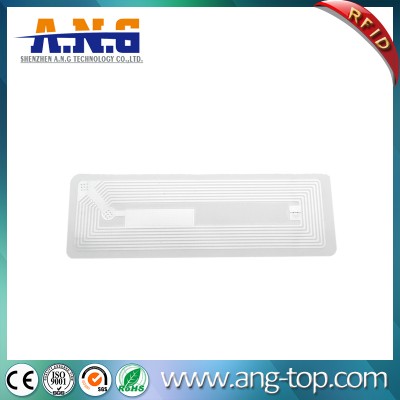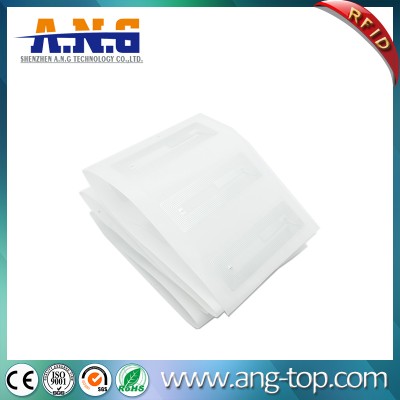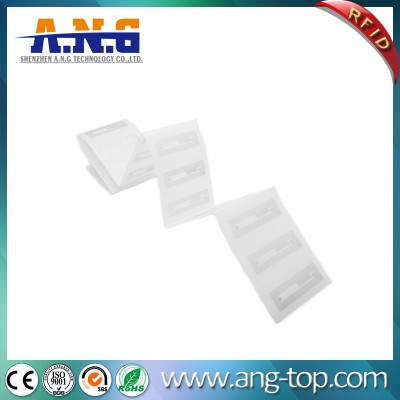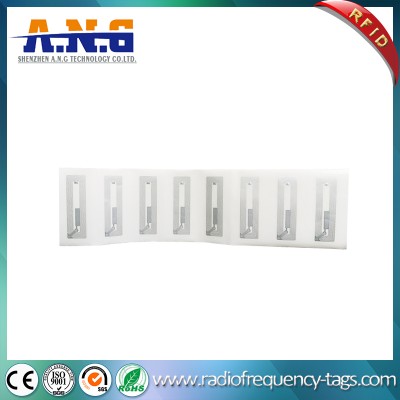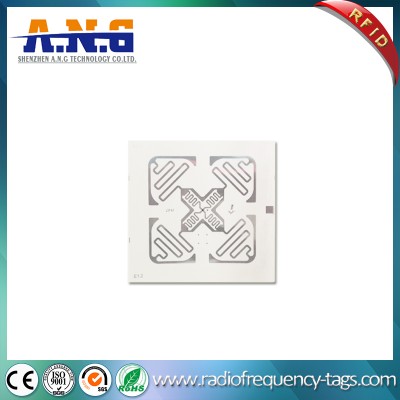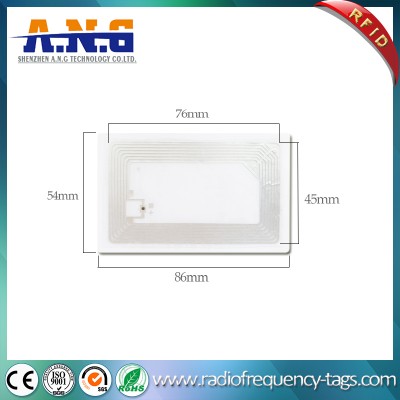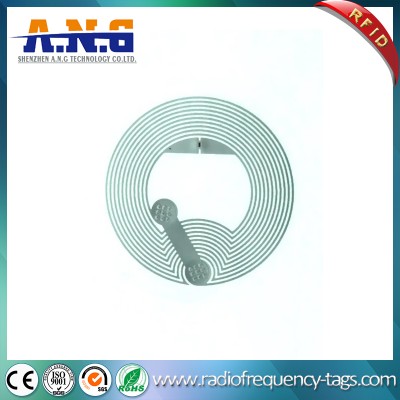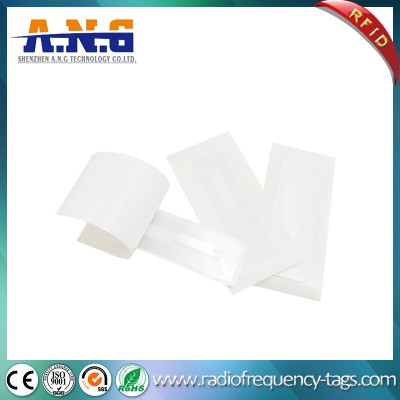- manager@ang-top.com
- +86 755-26407256
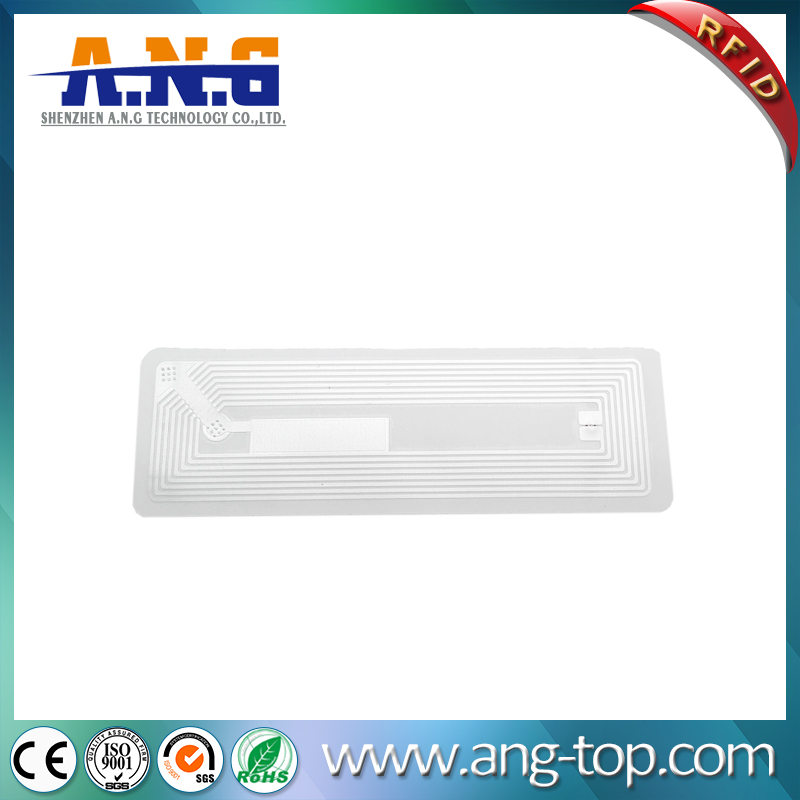
MF S50 Chip 13.56MHz PET Layer RFID Wet Inlay Tag HF Antenna Sticker Label
Shot Description:
MF S50 Chip 13.56MHz PET Layer RFID Wet Inlay Tag HF Antenna Sticker Label RFID inlays are composed of an IC (Integrated Circuit, Chip) and a Dipole antenna. Wet inlays are inlays that have an adhesive backing with a clear or colored topsurface of PVC,PET or paper, the PVC or PET wet inlays are commonly used to make “RFID Labels” where the inlay is placed on the back…
Description:
MF S50 Chip 13.56MHz PET Layer RFID Wet Inlay Tag HF Antenna Sticker Label
RFID inlays are composed of an IC (Integrated Circuit, Chip) and a Dipole antenna. Wet inlays are inlays that have an adhesive backing with a clear or colored topsurface of PVC,PET or paper, the PVC or PET wet inlays are commonly used to make “RFID Labels” where the inlay is placed on the back of the label with the adhesive side away from the label side so that the label has continuous adhesive. Placement of the wet inlay on the label is very specific to each RFID printer in order to be programmed correctly by the printer and also to minimize the risk of damaging the RFID inlay while in the printer.
Antennas can be made of silver, aluminum or copper, with each material producing very specific read and write characteristics because of the different chemical properties. While there are some more exotic materials sometimes used for antennas they are considerably more expensive to produce and very vertical application specific. Generally a copper antenna is slightly more expensive that aluminum or silver but is more conductive and usually provides a longer distance read capability.
Just as there is a very wide variety of IC’s for inlays, there is also a very wide variety of antennas ranging from very small – Dot, Button, Paperclips through DogBone, Hammer, Crab, Radar, Satillite, Squiggle, Mini Squiggle, Torpedo, Xcaliber, Web and Frog sizes – each inlay usually has a specific name to identify it.
Size and shape of the antenna determines the read and write distance and speed characteristics.
Most inlays are designed for a specific application use – a single inlay can not and will not work for multiple types of RFID requirements. Inlays that work near or on metal do not work as well on wood or plastic.
Parameters:
- Air Interface Protocol: ISO14443A
- Operating Frequency: Global 13.56MHz
- IC Type: MF S50
- Memory: 1K Byte
- EPC Memory Content: Not guaranteed unique
- Max Read Distance: > 0.1 m
- Applicable Surface Materials: Plastic, cardboard, glass
- Tag Form Factor: Wet inlay
- Tag Materials: PET
- Recommended Ribbon: Full Resin
- Attachment Method: Acryllic, water borne adhesive
- Dimensions: 56*18mm
- Weight: 1 g
- Operating Temperature: -40° to +85°C
Features:
· High end product for global supply chain management, industrial and logistic applications.
· Excellent performance even on difficult-to-tag materials.
· Optimum size product for 18 milimeter wide converted labels.
· Possibility for different memory options: user memory 1K byte
· Serialized TID.
Tags:









